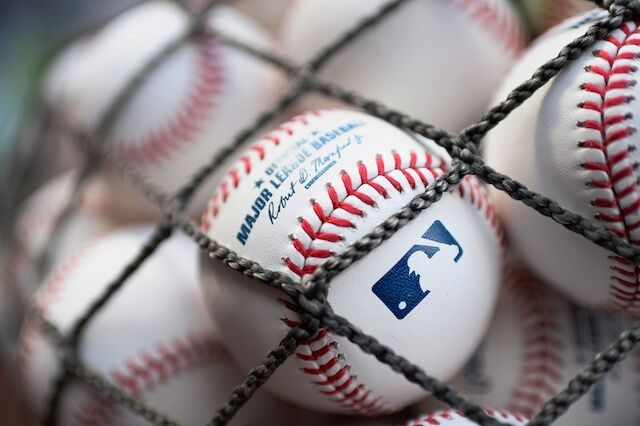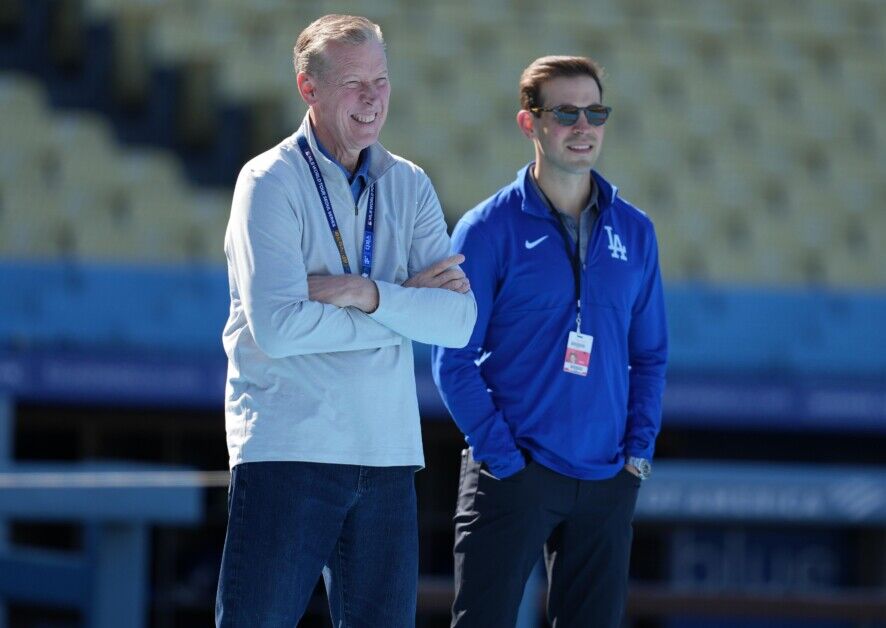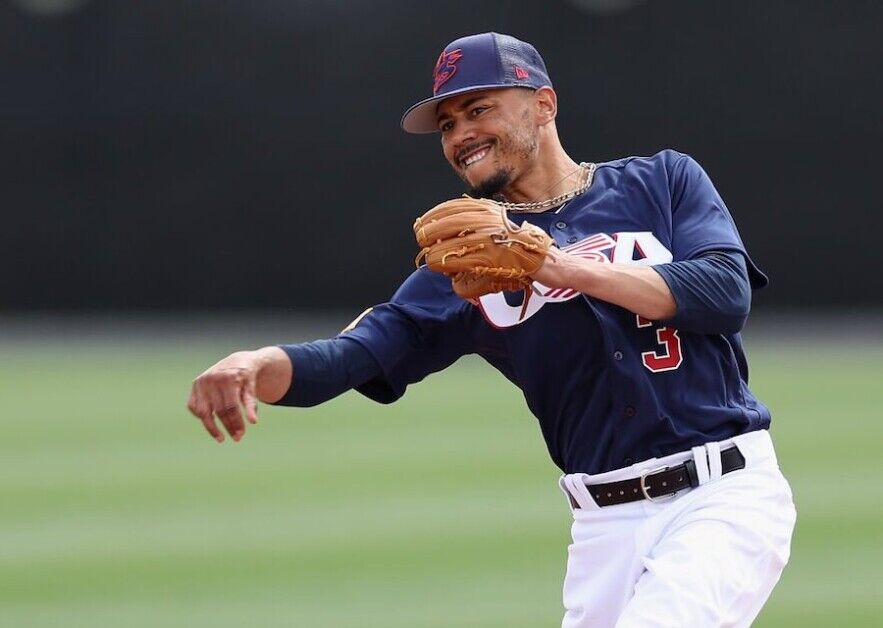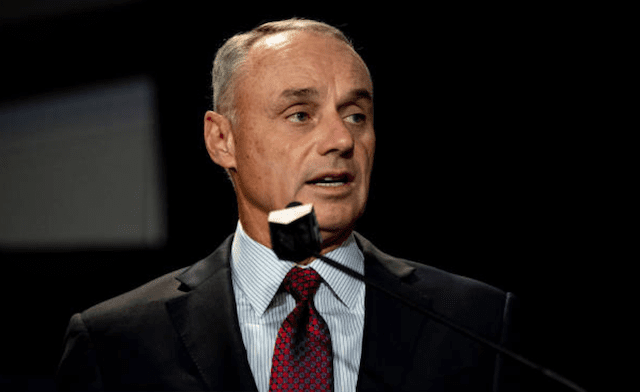Major League Baseball and the Players Association (MLBPA) failed to come to terms on a new collective bargaining agreement (CBA) before the 2017-21 deal expired at 8:59 p.m. PT on Dec. 1, which prompted team owners to impose a lockout that took effect immediately.
It is the ninth work stoppage in MLB’s history and ends 27 consecutive years of labor peace. However, it is only the fourth lockout and the first since 1990.
The other five work stoppages were due to the players going on strike and refusing to work, as opposed to the team owners locking them out and not allowing them to report.
2021 lockout
When the current MLB lockout will end and the short- and longterm impact currently remains unclear. Most anticipate the league and union not feeling much sense of urgency to negotiate a new CBA until January or closer to camps opening for 2022 Spring Training.
1994-95 strike
The 1994-95 strike was by far the longest in MLB history, lasting 232 days and making the biggest impact.
It forced the sport to cancel 948 games, including the 1994 postseason, which made MLB the first American professional sports league to lose an entire playoffs over labor struggles.
The strike ended when Judge Sonia Sotomayor, who now serves on the U.S. Supreme Court, issued a preliminary injunction against the owners and ruled that players and owners would need to use the terms of the expired CBA until a new one could be agreed to.
1990 lockout
The 1990 lockout lasted 32 days and caused Opening Day to be pushed back by one week, but it did not result in any games being lost.
The primary reason for the dispute was MLB’s new TV broadcasting contract that increased by 102% from the previous contract without any extra compensation for players and came after an arbitrator determined owners were suppressing player wages in the mid-80s.
The new CBA raised the minimum salary from $68,000 to $100,000.
1985 strike
The 1985 strike lasted two days, from Aug. 6-7, and caused the league to cancel 25 games, but 23 of them were made up later in the season.
The players went on strike over their pension fund, which did not adjust to reflect the 1983 TV deal that quadrupled MLB’s revenue, and to fight against a salary arbitration cap.
1981 strike
The 1981 strike forced MLB to cancel 713 games during the season and lasted from June 12 to Aug. 9.
The players called the strike due to the unresolved issue of free-agent compensation, and their case was heard by the National Labor Relations Board.
The owners implemented a plan that called for any team who signed a free agent to give up one of their own players and a draft pick to the other club, but the union argued that would undermine a player’s value in free agency.
The end result was teams that lost a premium free agent could be compensated by drawing from a pool of players who were left unprotected from all clubs, instead of just the signing team.
Players also agreed to restrict free agency to players with six or more years of service time, which is still the rule at present time — though it could change with a new collective bargaining agreement.
1980 strike
The 1980 strike caused eight days of Spring Training to be canceled but did not cost any games.
The two sides were able to reach an agreement for all their issues apart from free agent compensation and the issue was sent to a player-management committee for study.
The committee was unable to reach a compromise, which led to the 1981 strike.
1976 lockout
The 1976 lockout lasted from March 1-17 and did not result in any games being missed.
It came after an independent arbitrator ruled in favor of Marvin Miller and the players, which took away the reserve clause that gave teams the ability to renew a player’s contract for another year with no salary increase.
A federal judge later ruled in support of the arbitrator’s ruling.
1973 lockout
The 1973 lockout caused spring training to be delayed as it lasted from Feb. 8-25, but did not cost any games.
The lockout occurred because of a dispute over salary arbitration, with the owners pushing against it. They came to the agreement that a neutral arbitrator would decide between the player’s request and the owner’s offer.
1972 strike
The first strike in MLB history took place from April 1-13 and cost the sport 86 games. It also caused each team to finish with an unequal number of games played.
The players went on strike over their pension plan and the player’s won their fight as MLB agreed on a $500,000 increase in pension fund payments.
Have you subscribed to the Dodger Blue YouTube channel? Be sure to ring the notification bell to watch player interviews, participate in shows and giveaways, and stay up to date on all Dodgers news and rumors!










